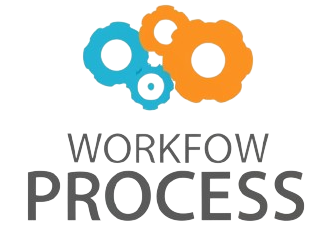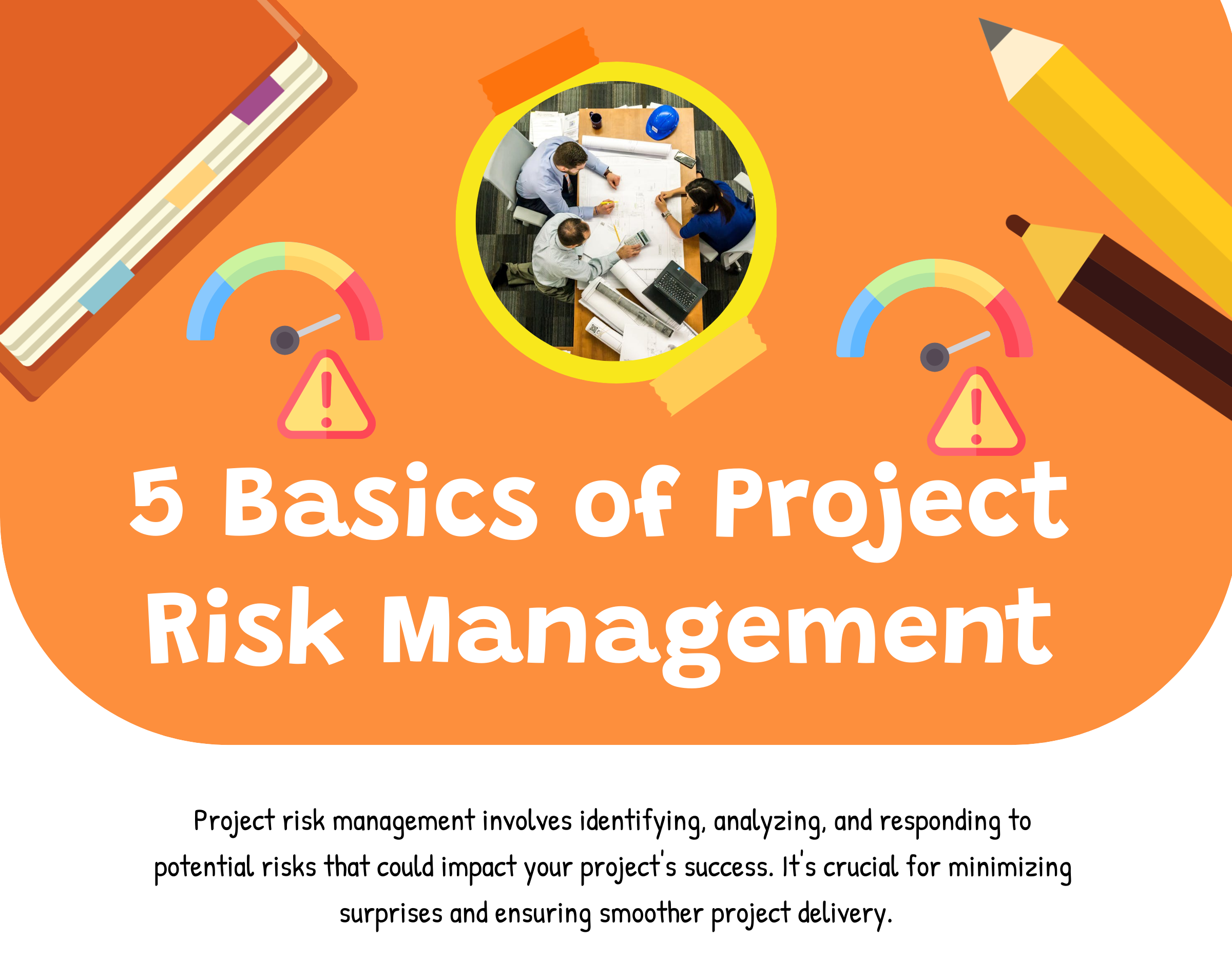5 Basics of Project Risk Management
Project risk management involves identifying, analyzing, and responding to potential risks that could impact the success of a project. The five basic steps in this process include risk identification, risk analysis, risk response planning, risk monitoring, and risk communication. Initially, potential risks are brainstormed considering project goals, team expertise, dependencies, and external factors. This identification is followed by evaluating the likelihood and impact of each risk to prioritize them effectively. Strategies are then developed to mitigate, avoid, transfer, or accept these risks, ensuring they are proactive and tailored to specific situations.
The process continues with ongoing risk monitoring, tracking identified risks throughout the project, and adjusting response plans as necessary. Transparent communication keeps stakeholders informed about identified risks, planned responses, and any changes, building trust and ensuring alignment. Effective risk management helps navigate uncertainties, improve decision-making, and ultimately increase the project’s chances of success. It is an ongoing process that requires collaboration, continuous assessment, and adaptation to achieve smoother project delivery.


